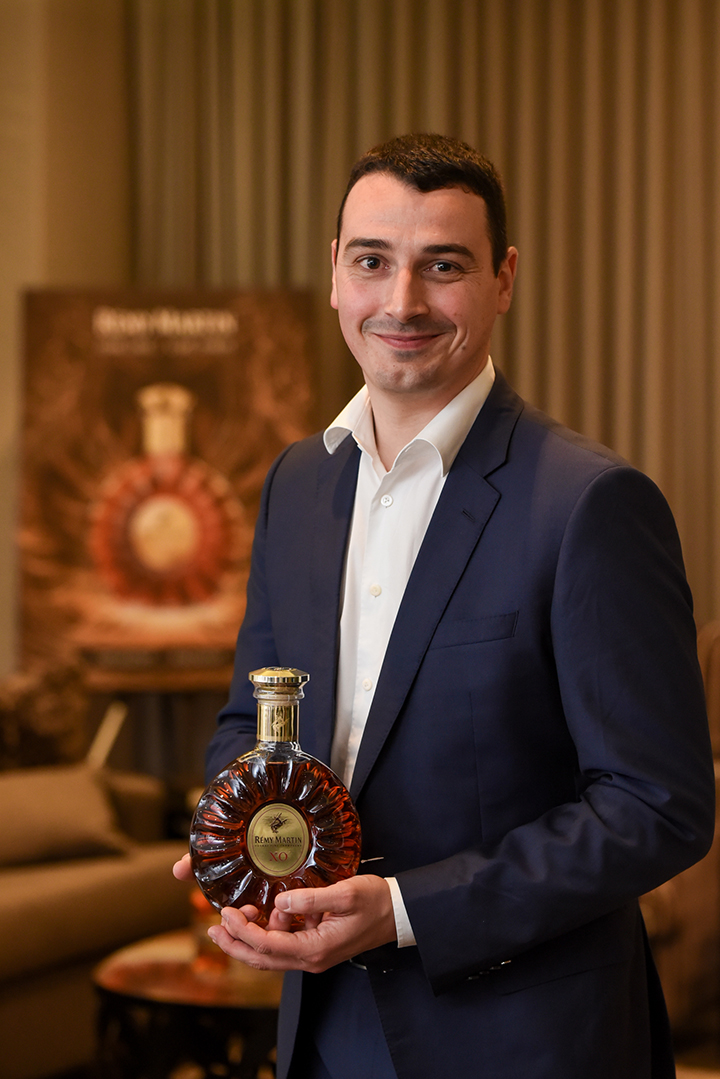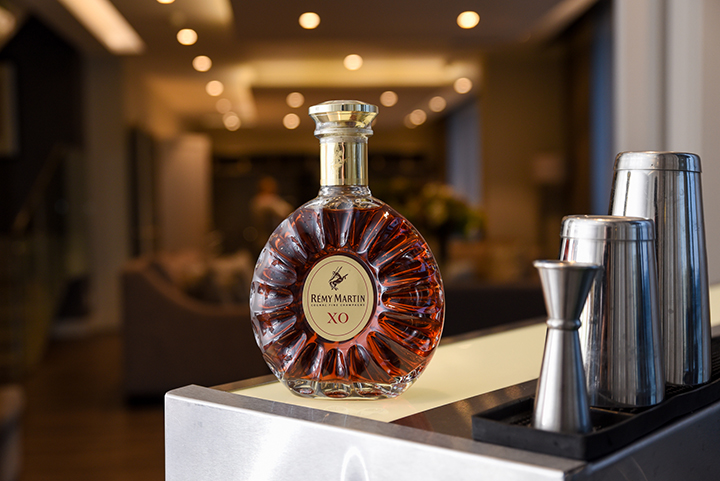Once considered the domain of ageing aristocrats in velvet smoking jackets, Cognac is fast shedding its stuffy reputation. One estate in particular – Rémy Martin – made waves in the industry when its youngest-ever cellar master, Baptiste Loiseau, was appointed at just 33 years old. Four years on, we chat to Baptiste to learn more about the fine art of making Cognac and what sets Rémy Martin Cognac apart…

BY ANDREA PAFITIS-HILL PHOTOGRAPHS SUPPLIED
First things first, let’s talk geography and naming rights, otherwise known as Geographical Indication. This is a distinguishing symbol that demarcates a product as originating in the region of a certain country, province or locality where its quality, reputation and other characteristics are connected to its geographical origin. Thus, just as Port is to Portugal and Parma ham is to Parma, Cognac is to the Cognac region of France.
What’s more, Cognac – which is made from wine – cannot come from any old vine… its qualifying criteria is that it has to be produced from the Cognac region’s six main vineyards or crus (pronounced crew), each with unique characteristics; after harvesting, the wine has to be double-distilled in special copper stills to extract what is called eaux-de-vie (meaning water of life). This, in turn, has to be aged in oak barrels for a minimum of two years before it can be classified as Cognac.
Now that we’ve clarified what sets Cognac apart, how exactly does Rémy Martin stand out among other Cognac brands? “What makes Rémy Martin unique is the fact that we source grapes only from the two first crus of the appellation of Cognac – Grande Champagne and Petite Champagne – which are at the heart of the region. This is because the soil found in these two crus is the same type of soil as the Champagne region of France,” Baptiste explains.
After harvesting – which happens every year in September or October – a clear white wine is obtained, which is then double-distilled with the lees [sediment]. Together, the wine and lees express the full aromas of the terroirs of Grande Champagne and Petite Champagne.
He elaborates: “Once the eau-de-vie has been extracted through this process, my role is to blend a higher percentage of the eau-de-vie from Grande Champagne with a lower percentage of the eau-de-vie from Petite Champagne – in so doing, it becomes a new appellation, which is fine Champagne. That’s why Rémy Martin is the specialist of fine Champagne Cognac, which holds great ageing potential in the eau-de-vie.
“My mission is to guide and advise the wine growers on how to ensure their methods are aligned with the style and requirements of Rémy Martin. I then select their best eaux-de-vie, after which a tasting committee, including myself, does a blind tasting to decide which ones are the best to be part of Rémy Martin XO – our extra-old product – after at least 10 years of ageing,” he concludes.
Fancy winning a bottle of Rémy Martin XO valued at R2 200? Pick up a copy of our June 2018 issue (now on sale) and turn to page 35 to find out how to enter our competition!


